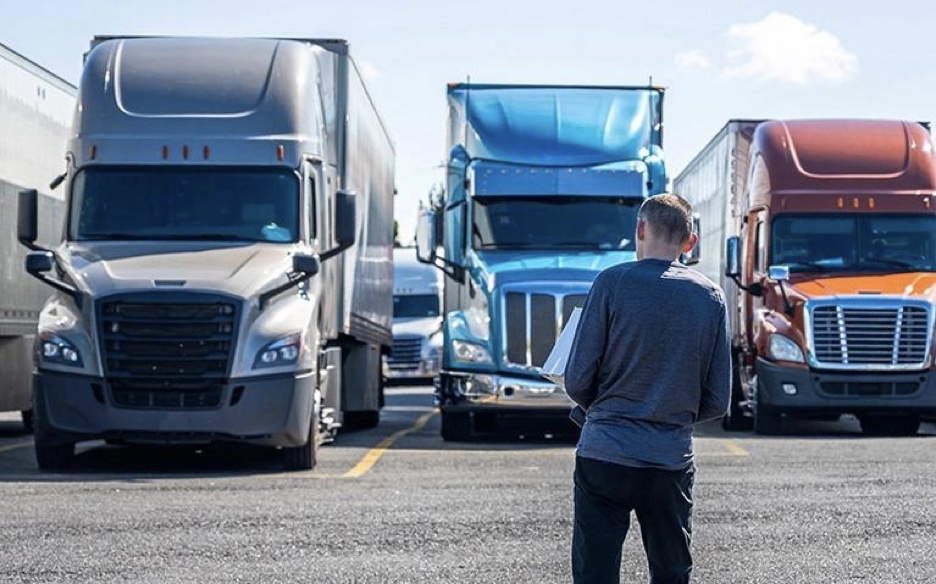Have a moment after a long drive ever felt like a small, private reading of the country – a map that is both weather and memory? That sense of being alone together is central to why films about truckers matter. On screen, trucks cross provinces and cross lives; they carry goods, but they also carry stories. These films show how work, weather, and time shape ordinary people whose days are spent between one town and the next. This article looks at Canadian films that place truckers at the centre, and asks what those stories say about distance, labor, and the quiet commitments that keep a country moving.
Historical and cultural context: how truckers entered Canadian cinema
Trucking is an overlooked part of Canada’s everyday economy, but filmmakers have long found the highway useful for ideas. Where early NFB and industrial shorts recorded roads as practical links – moving timber, grain, or manufactured goods – later features turned the highway into a human stage. In the late twentieth century, Canadian directors moved from showing infrastructure in informational films to using the road as a place where characters confront loss, responsibility, or personal change.
Distance as a national frame
The Canadian sense of distance on film often appears through the frame of a cab window: the strip of highway, the flat sky, the radio keeping rhythm with the night. In this view, distance is not only kilometres; it is the time that separates shifts and the calls missed at home. Some stories place the driver at the centre of a family struggle; others make the rig itself a character that marks the border between work and life.
A handful of recent Canadian titles explore these dynamics directly: Camion (2012), Rolling Vengeance (1987),Cold Road (2024). Each of these films treats distance differently, but together they create a small archive of how Canada’s highways stage private stories.
Character studies: who drives the story
On screen, the trucker performs several functions. Often portrayed as quiet and self-contained, the driver becomes a witness to larger social patterns: rising costs, family strain, or local injustice. In Camion, the central figure is drawn inward after a traumatic event; the camera stays close to the cab and to conversations that try to mend relationships. Other films place the trucker in a role more literal or symbolic – the faithful provider, the lonely night worker, the driver who has little control over the forces that shape his life.
The aesthetics of the road: light, sound, and the cab interior
Filmmakers working in this sub-genre use a small set of tools to make the road feel like a character. Winter light flattens the distance; long takes through windscreens create a slow tempo; the engine, heater, and radio become the film’s score. Close shots inside the cab make the viewer share the driver’s solitude, while long exterior frames show how small a person can look against broad geography. At night, headlights carve lines through dark fields; in daytime, ribbon highways cut white into green. Sound mixes – be it the mechanical hum, a cassette tape, or a talk radio host – tell as much as dialogue about what keeps the trucker company.
Social and economic undercurrents: work that is seen and unseen
Behind these stories are real conditions: long hours, thin margins, and families kept apart by schedules. Several films make the economic pressure explicit: the need to meet deadlines, the temptation to take risky loads, and the invisibility of a job that only appears when a delivery fails. Other films show how truckers rely on networks of colleagues and roadside diners. These details place the personal dramas in a social frame: the road is where national supply chains meet local life.
The road as reflection: what these films reveal about Canada
Taken together, trucker films say something about Canadian experience. They record movement across space that is sometimes empty and sometimes full of meaning. They show how endurance becomes a form of daily competence: keeping engines running, keeping a family afloat, keeping faith that a next town will bring needed work or a temporary rest.
Final takeaway: small films, large connections
Films about truckers often arrive quietly, without a large budget or loud claims. Yet they do an important job: they make visible the routes that hold the country together and the people who drive them. These are films about motion and the cost of motion; about fatigue and the small kindnesses that appear at a roadside cafe. For viewers, the best of these titles offer a double lesson – practical knowledge of work that keeps a nation moving, and a softer reminder that distance can shape how lives are lived and how communities hold one another at a distance. Watching these films becomes a way to notice what is usually unseen.

